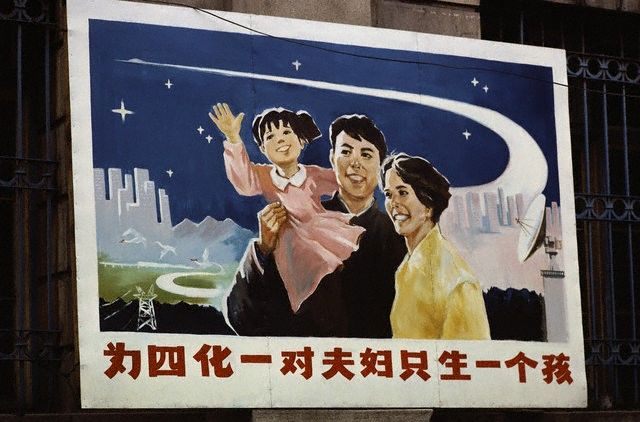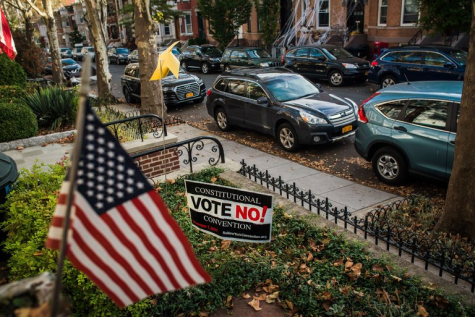China Updates Its One Child Policy
After decades of enforcement, earlier this week the Chinese government released an official statement ending their one child policy. But does this actually solve any of the problems China may be faced with in the future?
The original one child per couple policy was first implemented in 1980 and has been enforced ever since. At the time it was enacted, China’s population growth was exponential; women averaged about three children, and the Chinese infrastructure could not support this kind of growth.
Today, China is suffering from a declining workforce and an increase in those over 60. Currently, elders make up about a seventh of the total population, but the UN predicts that by 2030, a fourth of the country will be 60 and older.
This sudden change in policy was expected. In 2013, the government relaxed on the laws and allowed couples to have two children if the parents were both single children.
Despite the exception, not many took advantage of the relaxed laws. According to Peng Xizhe, a population professor at Fudan University, there were other factors that contributed to the decisions of many not to have another child. Those factors may include economic pressure and insufficient social welfare.
This new policy reportedly will affect over 90 million women in the communist country. More than half of them are in their 40s. Before the policy change, forced abortion and sterilization were technically illegal, but they still happened with frequency and were perpetuated by the law. Updating the law did little to change this, except now abortions and sterilizations may occur after a woman has her second child.
In the words of Peng Xizhe, “The reform will slightly slow down China’s aging society, but it won’t reverse it.”









